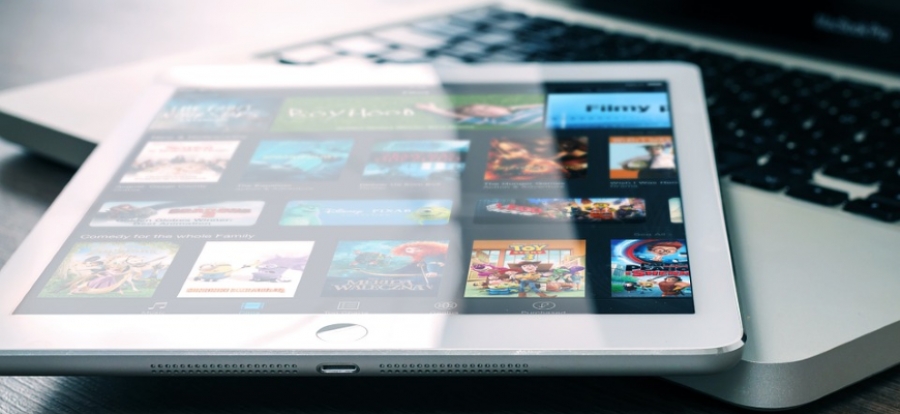The research to prove it
The impact and potential of the tablet computer – and more specifically the apps that run on them – are evidenced by countless studies, too. In a recent survey, charity and research organisation Techknowledge for Schools found that mobile devices like tablets were effective in keeping challenging children more motivated and engaged in the classroom. The teachers interviewed also reported increases in creativity and learning independence.
Furthermore, 60% of Primary school pupils said that using tablet computers at school every day has made them more aware of the importance of internet safety. This means their use in education is impacting children’s lives beyond the classroom.
Overall, 71% of Primary schools and 76% of Secondary schools are making use of tablets in lessons, according to BESA, the trade association for education suppliers. The group also found that almost half of UK schools hope to have one tablet for every child by 2020.
How do they help?
The key to harnessing the power of tablet computers for education lies in apps. Without the right applications, these gadgets are merely overpriced paperweights. Thankfully, the market is wide and diverse, with carefully designed programs to meet every teaching need.
These small pieces of software work in various different ways. Some use gamification, adding a competitive edge to the learning process, while others use visual elements and other media to help explain complex subjects.
There is a common theme that runs throughout every effective educational app, though – they engage the user. This, of course, is typically the job of the teacher, but in an age where youngsters grow up knowing little else but being glued to screens, help is needed.
Some of the best
In order to understand the potential of mobile applications, and the way in which they work, it can help to look at a few examples. Here are some of the best and most interesting available right now.
1. The Khan Academy – The Khan Academy is a not-for-profit, open source learning website that aims to “change education for the better by providing a free world-class education for anyone anywhere”. It succeeds, too, and the “anywhere” bit can certainly be put down to its complimentary mobile app. Offering more than 4,000 video lessons on everything from Maths and Science to Humanities and Economics, it’s a hugely valuable tool for both teachers and students. In fact, you don’t need to be either to benefit – anyone can brush up.
2. StudyBlue – This one’s all about studying and revision, two vital ingredients of educational success. Using a wide range of intelligent learning tools – including interactive flashcards, digital quizzes and smart schedules – StudyBlue allows users to accomplish their learning goals efficiently, whether they’re working on English literature or Bikram yoga.
3. CodeCombat – We mentioned gamification earlier, and this is the perfect example. CodeCombat is, on the face of it, a battle-themed RPG. Its cartoony graphics and friendly interface are designed to appeal to children who, in order to progress, must complete a series of basic coding tasks. Of course, the tasks increase in difficulty as the game progresses, but the fact that players can see their work affecting the story in real-time should be enough to keep them interested.
4. Showbie - Ask any teacher and they’ll tell you marking is one of the job’s toughest and most time-consuming tasks. Showbie aims to make it a whole lot easier. The cloud-based platform allows educational professionals to assign work directly to students’ tablets and computers, then collect and review it afterwards. It means work – both at home and in the classroom - can be submitted remotely, with quick and convenient file-sharing allowing for an organised, paper-free classroom.
5. Explain Everything – This is one that is as useful for students as it is for their teachers. It’s an interactive whiteboard application designed to help users put together better presentations, educational or otherwise. It’s like a classroom-dedicated version of PowerPoint, but with more flexibility. You have various import features, for example, as well as the power to record, narrate, animate and annotate each slide. The result is more enjoyable learning and increased engagement.
Which apps would you recommend? Let us know below!


















